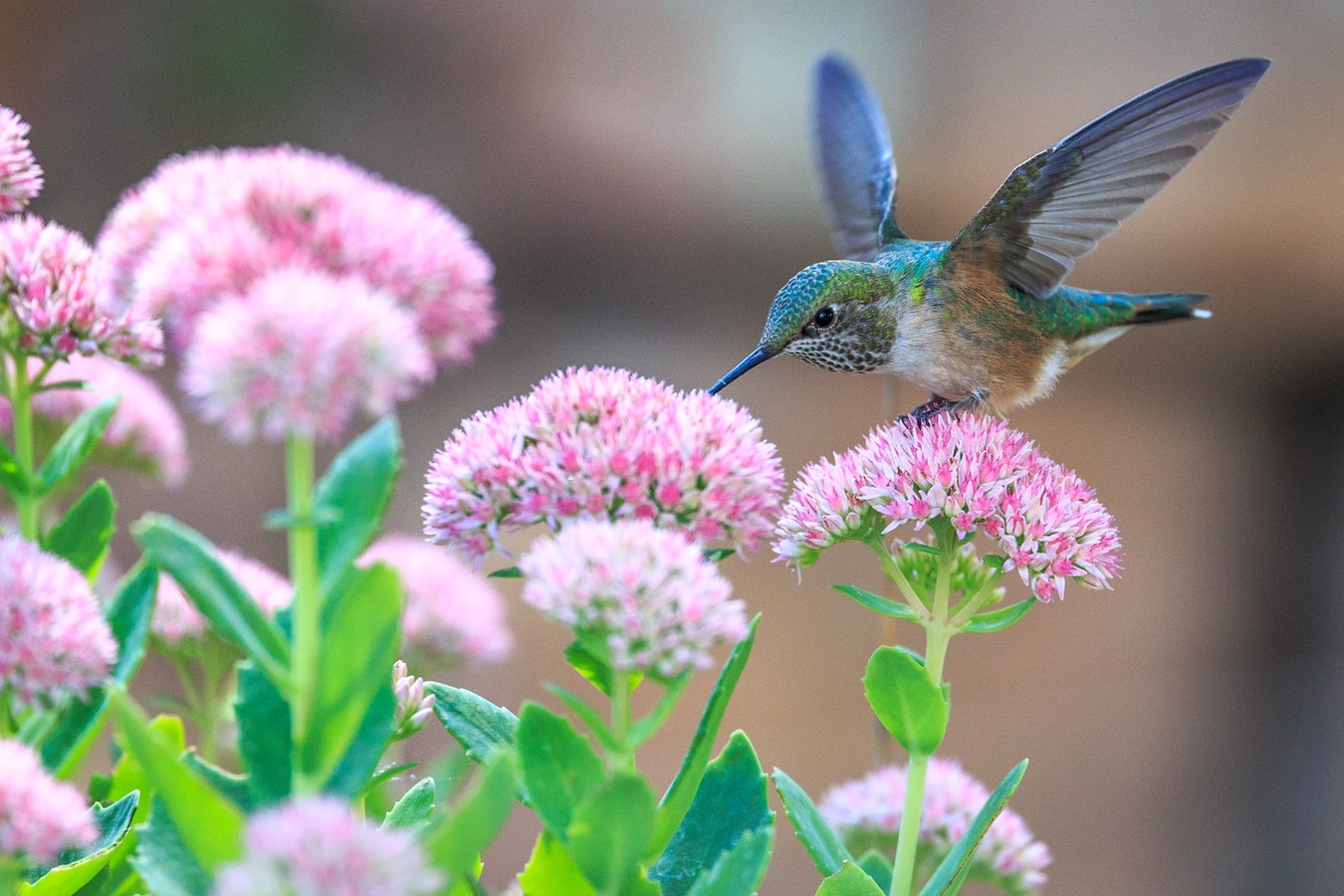What is a pollinator garden?
Manicured lawns are deserts for pollinators. What can be a small flower patch can be a valuable habitat for pollinators like hummingbirds, bees and butterflies. A pollinator garden is design to attract lots of pollinators, it’s a garden where each plant is evaluated for their potential to attract variety of pollinator with a diversity of flowering plants.
Pollination is the key for reproduction of most flowering plants. To spread their pollen, they need wind or pollinators to move pollen across. Bees are the most effective pollinator as they purposely collect pollen to feed their larvae unlike other pollinators. The decline of pollinators worldwide makes it imperative to provide support for these hard workers. Honey bees in Ontario lost 38% of their colonies in 2012 alone.
Unsplash
Creating a Pollinator Garden
Locate a patch in your garden where it receives an ample amount of sunlight. Depending where your home is located in the GTA, you most likely have heavy clay or sandy soil, so organic compost is important!
Try to find a spot that is not exposed to heavy winds or close to the road where winter salt can percolate into the soil.
Find a local nursery to create a list of native flowering plants (Goldenrod is a popular native plant) and herbs such as thyme, sage, oregano and rosemary. Pollinators are more attracted to native plant species than non-native.
Consider varying heights and flowering seasons to diversify your garden. Group or ‘mass’ planting of the same species makes it easier for pollinators to find and collect pollen.
Leave a space for ‘wildness’ (fallen leaves, piles of branches, grass clippings) in your garden as they offer shelter and nesting sites for pollinators throughout the year. Flat rocks are great for sun-bathing butterflies.
Do not use pesticides such as neonicotinoids and fipronil on your plants as they are main culprits in the decline of pollinators in North America. Why not make your pollinator garden your rain garden as well?

